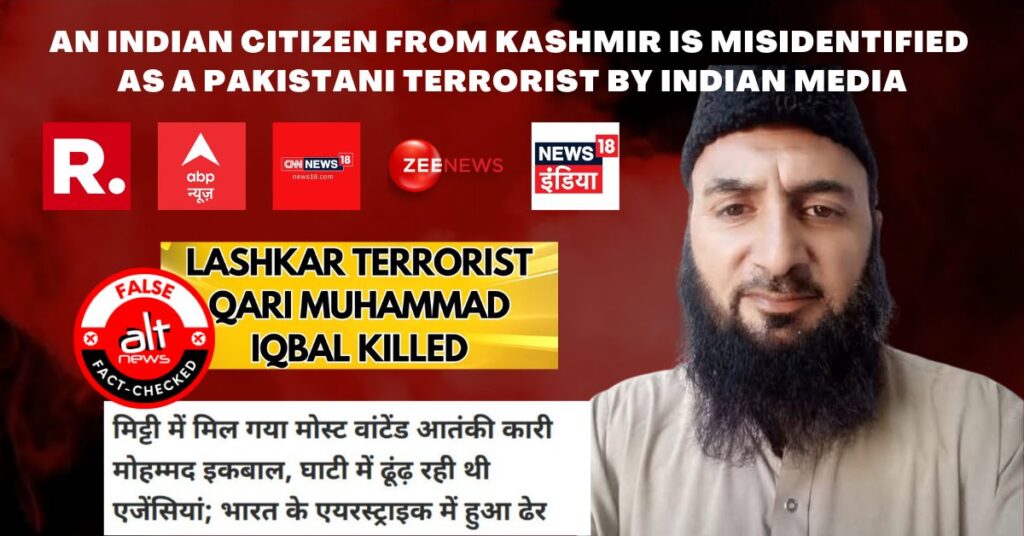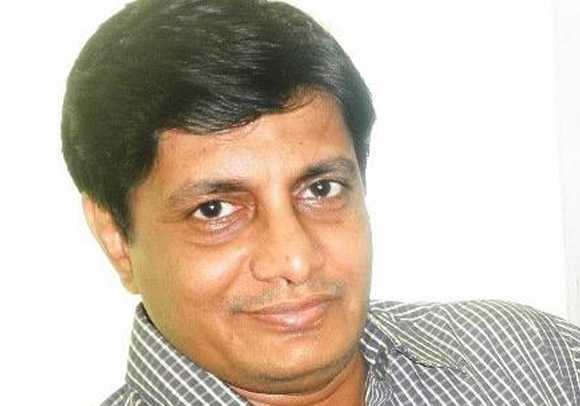
The Social Construction of Fake News
“The first casualty of war is truth” — a familiar adage. Historically, this phrase highlighted the strategic silence maintained by governments to protect national morale or wartime interests. It referred to the approach of conveying facts to the public only through the filters of national interest — a method that rarely appeared unusual. In 1945, […]
“The first casualty of war is truth” — a familiar adage. Historically, this phrase highlighted the strategic silence maintained by governments to protect national morale or wartime interests. It referred to the approach of conveying facts to the public only through the filters of national interest — a method that rarely appeared unusual.
In 1945, during a radio broadcast to the nation, the Emperor of Japan announced the country’s withdrawal from World War II by stating that the war situation was “not developing in Japan’s favor.” He never once used the word “surrender.” The reality was softened and hidden behind euphemism. This was often a strategic stance that considered the anxieties of their own citizens. Even today, what the most democratic governments prefer to convey to their people — especially during times of war — is the need to uphold internal discipline and loyalty.
While I was teaching abroad, one of my students wanted to write a thesis on how American media reported the Afghan war exclusively in favor of the U.S. government’s stance. Later, when Al Jazeera TV began broadcasting reports from within Iraq along with graphic visuals that the American media avoided, the United States, which had been advocating for press freedom, demanded that Al Jazeera be banned.
More than the universal media violence committed in the name of nationalism, what we are now witnessing in the fast-transforming digital age of the past two decades is the complete death of the very concept of “news.” Openly, in the digital street, news is being murdered. The issue now is not that ‘false’ information spreads faster than ‘true’ information. Nor is it that governments or their loyal media outlets are merely ‘suppressing’ or censoring news. The real news is becoming irrelevant, trapped in a complex web of fabricated images, stories, and reports that eclipse the idea of credible reporting. Far more problematic than the governments’ traditional reluctance to communicate with citizens are the fake news narratives now being produced from within civil society itself.
Today, fake images and videos are being created by random individuals in various corners, only to be picked up and spread even by the media and government representatives.

In the context of recent India-Pakistan conflicts, there has been a deluge of fabricated content. The so-called surgical strikes, conducted in the backdrop of the Indian conclusion that terrorism had crossed the border, were said to have accurately targeted Pakistani facilities, as confirmed by satellite images published in The New York Times, which supported India’s claims. However, numerous fake videos and doctored images related to this began circulating widely online. Fake news creators on both sides of the border hijacked the news itself by sharing sensational videos and pictures — many of them sourced from past wars, natural disasters, or even video games. Some were artificially generated using AI.
From visuals of the Nepal earthquake, to fighter jet explosions taken from simulation games, to the footage of the 2020 Beirut blast, to fake videos claiming Indian army attacks on its own citizens in Amritsar, or drone strikes in Jalandhar — all such manipulated content spread like wildfire on both sides. When an ordinary man named Khari Muhammad Iqbal died in a Pakistani shelling, Indian social media and news channels celebrated it as the killing of a cross-border terrorist. None of these “news pieces” were sanctioned or sponsored by the government. We must not forget the relentless efforts by platforms like Alt News to expose such fabrications.

But what stands out is that these are not merely one-sided digital interventions. As viewers, we are deeply complicit. This widespread dissemination of falsehoods happens because people want lies to be spread actively. These are not just forgeries of reality — they are hyperreal constructions tailored for our enthusiastic consumption.
A foreign secretary using carefully chosen words to talk about a ceasefire becomes unpopular with the crowd. The viral video of Usha Vance, wife of U.S. Vice President J.D. Vance, who is invited to a progressive TV show allegedly to be humiliated — but who dramatically turns the tables on the host Rachel Ellison and walks away victorious — captivated conservative audiences. Every word, every answer is detailed in the video. But the truth? There was no such interview. No such TV show. No such anchor. Yet millions watched and believed this as a real event. Post-truth is being unabashedly celebrated.
French thinker Jean Baudrillard had provocatively written an essay titled “The Gulf War Did Not Take Place” in connection with the U.S. invasion of Iraq. He argued that the Gulf War wasn’t a real war — that the U.S. attacked Iraq mostly through overwhelming airpower without direct confrontation with Iraqi forces, and that the world remained largely unaware of Iraqi casualties, while American deaths were almost zero. Hence, to Europeans, it didn’t feel like a real war. Moreover, everything the world knew about the war was based on propaganda visuals. The conflict was presented as a television war, constructed and consumed as a media spectacle, with no tangible connection to the actual events on the ground.
Today, news is being distorted or annihilated even before it becomes news. American pragmatist philosophers like William James and John Dewey posited that truth is not about correspondence with objective reality but about what is practically useful, effective, and satisfying. In the current media landscape, fake news and misinformation are shared and believed not because they are factually accurate, but because they resonate emotionally, reinforce group identities, or validate political loyalties. It’s not the news but the hyperreal possibilities of fake news that make them acceptable. What is deemed believable replaces reality.
The death of news is not the failure of journalism, as many might think. It is humanity’s farewell to authority. It’s not the collapse of credibility but a growing indifference to it. News is no longer considered a credible social contract. As simulations of fake news become more potent than real events, our interest in questioning what constitutes news diminishes. Instead, we accept what we desire as believable. This continuous social construction of fake news has extinguished even the last flicker of humanity’s yearning for authenticity.
This article was originally published in the author’s fortnightly column in the Malayalam daily Madhyamam.
Translated by Nitesh Bhasker
